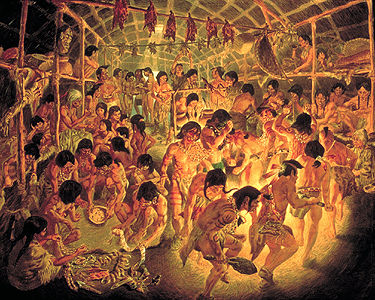Formation
In 1958, the city of Brossard was created out of the amalgamation of La-Nativité-de-Laprairie and La Prairie. Twenty years later, in 1978, Brossard merged with the municipalities of Notre-Dame-du-Sacré-Coeur and Notre-Dame-de-Laprairie-de-la-Madeleine. Brossard got its name from one of the pioneer families of the region. One of the members of this family, Georges-Henri Brossard, happened to be mayor during this time.
Development and Population
Brossard grew rapidly following the Second World War. The city’s growth accelerated after the opening of Champlain Bridge (1962) and the setting up of a public transportation system (1971). Its population grew from 2,500 in 1958 to 65,000 by the end of the century.
One of Brossard's most striking demographic characteristics is the ethnic diversity of its population. According to the 2016 census, prominent ethnic groups within the city include Chinese (14.2 per cent of the population), Arab (6 per cent), Black (5.2 per cent), South Asian (4.7 per cent) and Latin American (4.3 per cent). The majority of immigrants living in Brossard cite their country of birth as China, followed by Viet Nam, Morocco, Hong Kong and Mauritius. Indigenous peoples make up 0.4 per cent of Brossard’s population.
Economy
As with most suburbs, Brossard’s service and retail sectors fuel the economy while its industrial park has a mixture of light and medium industry.

 Share on Facebook
Share on Facebook Share on X
Share on X Share by Email
Share by Email Share on Google Classroom
Share on Google Classroom



